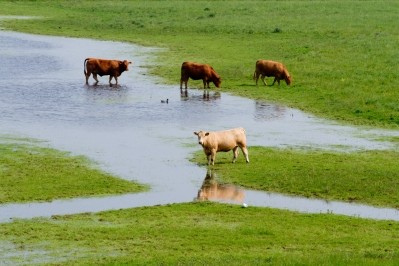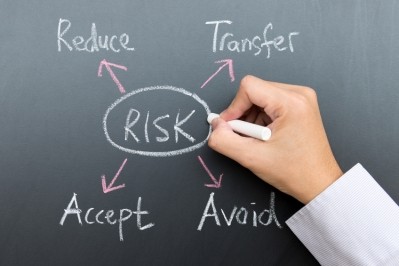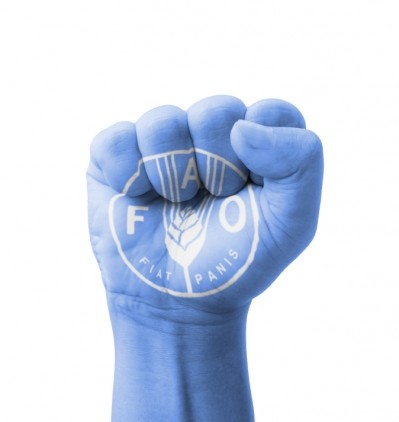WHO and FAO in call for experts for new feed risk symposium

In a call for experts today, they say the aim of the 2015 gathering is to understand the risks linked to both conventional and new feed ingredients and feed production processes.
Animal feed, says the Food and Agriculture Organization (FAO) of the UN and the World Health Organization (WHO), is an integral part of the food chain and its safety has been recognized as a shared value and a shared responsibility.
“Safe feed helps to reduce production costs, maintains or increases food quality and reduces food losses and waste,” said a joint statement.
The agencies say they want to bring to the new fore current knowledge on the risks associated with feed manufactured from new sources including insects, food waste or biofuel by-products.
They hope the event next summer will identify knowledge gaps and prioritize future work on the identification of potential hazards of key global concern from the perspective of both human and animal health.
The safety of the feed and food supply chain can be undermined by feed ingredients through carryover or contamination during production, handling, storage and transportation, or may also result from accidental or fraudulent human intervention.
“Hazards associated with animal feed can be of a biological, chemical or physical nature and include pathogenic microorganisms, mycotoxins, heavy metals, dioxins, dibenzofurans and PCBs, residues of veterinary drugs and pesticides, and radionuclides. New hazards may be associated with novel and unconventional feed and feed ingredients,” said the agencies.
Potential hazards
The organizations are hoping to collate and analyse scientific information and data on:
- Hazards, their sources, their levels and variability in feed to facilitate feed safety assessment;
- Transfer of hazards from feed to food products of animal origin;
- Emerging hazards in the animal feed chain, and
- New analytical methods for the detection of hazards in feed, including rapid methods.
Experts sought
The FAO and WHO say they are seeking expressions of interest from "suitably qualified" candidates to participate in this work on animal feed.
The experts may either be invited to participate physically in the expert meeting or contribute to the review of background papers.
The two agencies say they also want governments, the feed and food industry, interested organizations, academia, laboratories and individuals to submit any available data on the core risk areas to be assessed. “This data may be published or unpublished. Reference should be made to related published studies, where applicable,” said the organizations.
The closing date for expert applications and data submission is 31 January 2015.














